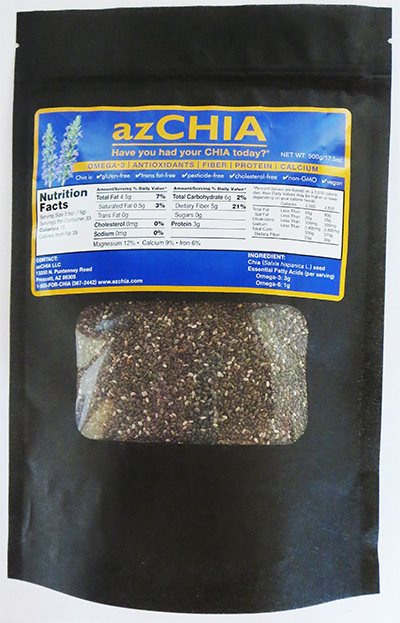Yogurt is a favorite snack. It’s both good tasting and good for you – or is it? Whoops, seems there is a lot of sugar and other stuff in yogurt these days. The non-profit Cornucopia Institute came out with an interesting report on yogurts, “Culture Wars: How the Food Giants Turned Yogurt, a Health Food, Into a Junk Food.” It accuses many major brands of “misleading parents, who are looking for healthier foods for their families, into purchasing yogurts loaded with sugar and containing a myriad of questionably safe artificial sweeteners, colors, and emulsifiers. In some cases, they might as well be serving their children soda pop or a candy bar with a glass of milk on the side.… the flavored varieties (strawberry, for example) of certain brands contain no actual fruit … General Mills (owner of Yoplait) sued Chobani in reaction to their national ad campaign that attacks Dannon and Yoplait for their use of artificial sweeteners and preservatives…”
The report comes with a nifty scorecard that tells you which yogurts are the “cleanest.” High scoring brands that I’ve seen locally include Organic Valley, Straus, Pavel’s Organic, Nancy’s and the Whole Foods brand called 365 Everyday (Organic).
Say you want a vanilla yogurt. Pick up a 32 ounce container of the Straus brand “Organic Vanilla Whole Milk Yogurt.” It has 32 grams of sugar in a 1 cup serving. Yikes! Remember that the guidelines for the daily amount of added sugar is roughly 25 grams for women, 35 grams for men? Well, one cup of this for breakfast puts you over the top. Now pick up a 32 ounce container of Straus’ bestselling Organic, Plain Whole-Milk Yogurt. It has 7 grams of sugar in one cup. It’s their best seller because a lot of us don’t want a lot of added sugar.
So… want vanilla yogurt? Get the Straus plain whole milk yogurt – which is full fat – and add some vanilla extract to it yourself. The best way to go with yogurt is to buy the plain (not flavored), full fat, organic version.
As the Cornucopia Institute’s report made clear, many brands advertising “fruit” have no real fruit in them, just fruit-flavored syrups. Want fruit? Just take the plain yogurt, and put your own fresh or frozen fruit on top. If you use frozen fruit, put as much yogurt as you will eat for breakfast in a bowl the night before and add the frozen fruit topping so it will dethaw overnight. You can also stir in vanilla extract – or not.
If your office has a refrigerator, these bigger 32-ounce containers of organic yogurt are much more cost effective than those little 5- or 6-ounce cups that are loaded with sugar and all the questionable ingredients discussed in the Cornucopia Institute’s report.
And a note about Greek yogurt here: Greek yogurt is strained to remove the whey (the watery part of the milk that remains after the milk has been cultured and strained). This leaves yogurt smooth, thick, and creamy with the consistency of sour cream – but if you have a casein sensitivity, this is not for you because the casein is concentrated. Most Greek yogurts are non-fat and flavored. Don’t waste your money. According to experts Dr. Natasha Campbell McBride and Elaine Gottshall, a lot of commercial yogurt is not fermented long enough to make it a good source of probiotics, nor to make it thick. When we make yogurt at home, we let it ferment 24 hours. Some manufacturers do it in 1 hour. If on the label you see whey concentrates, modified corn starch, pectin, locust bean gum – these are thickeners used to give a thicker texture to yogurt that has not fermented long enough. And if the yogurt is pasteurized – heated – how many live probiotic cultures are left? Not many.

 The popular chia seed has a lot going for it – it’s a complete protein, its full of fiber, its high in the anti-inflammatory omega-3 fatty acid alpha linolenic acid (ALA), it’s packed with antioxidants, and chia seeds have a gelatinous quality that makes you feel full without having to eat a lot, so chia seeds can be good for weight loss and blood sugar regulation. Did I mention they are gluten free and vegans can use them as an egg substitute???
The popular chia seed has a lot going for it – it’s a complete protein, its full of fiber, its high in the anti-inflammatory omega-3 fatty acid alpha linolenic acid (ALA), it’s packed with antioxidants, and chia seeds have a gelatinous quality that makes you feel full without having to eat a lot, so chia seeds can be good for weight loss and blood sugar regulation. Did I mention they are gluten free and vegans can use them as an egg substitute???
